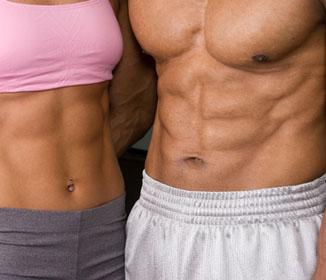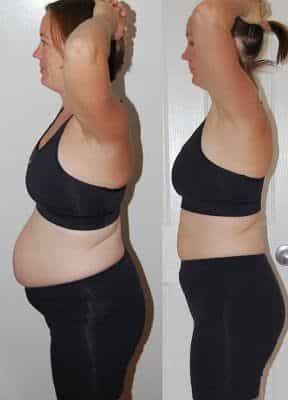Weight loss can be a difficult and confusing process for many people. With so much information available on the internet, it can be challenging to know where to start. In this article, we will explore the science behind weight loss, focusing on the relationship between calories and metabolism.
Section 1: What Are Calories?
1.1 What are calories?
A calorie is a unit of measurement that represents the energy content of food. The more calories a food contains, the more energy it provides to the body. The body uses this energy to perform various functions such as breathing, moving, and digesting food.
1.2 How many calories do we need?
The number of calories a person needs depends on various factors such as age, gender, height, weight, and activity level. On average, a sedentary adult male needs around 2,500 calories per day, while a sedentary adult female needs around 2,000 calories per day.
1.3 How are calories calculated?
Calories are calculated by measuring the energy content of food using a calorimeter. However, most people use food labels or online calculators to estimate the number of calories in their meals.
Section 2: What is Metabolism?
 2.1 What is metabolism?
2.1 What is metabolism?
Metabolism refers to the chemical processes that occur in the body to convert food into energy. These processes include digestion, absorption, and transportation of nutrients. Metabolism also involves the breakdown of stored energy, such as fat, to provide fuel for the body.
2.2 What affects metabolism?
Metabolism is affected by various factors such as age, gender, genetics, body composition, and activity level. People with more muscle mass have a higher metabolism because muscle burns more calories than fat.
2.3 How can we boost metabolism?
There are several ways to boost metabolism, including:
- Strength training to build muscle mass
- Eating protein-rich foods
- Drinking green tea
- Drinking enough water
- Getting enough sleep
Section 3: The Relationship Between Calories and Metabolism
3.1 How does calorie intake affect metabolism?
When we consume more calories than we burn, the excess calories are stored as fat. Over time, this can lead to weight gain. On the other hand, when we consume fewer calories than we burn, the body uses stored fat for energy, leading to weight loss.
3.2 How can we create a calorie deficit?
To create a calorie deficit, we can either reduce calorie intake or increase calorie burn through exercise. However, it is important to maintain a healthy balance between the two to ensure long-term success.
3.3 How can we calculate calorie needs?
There are several online calculators that can help estimate calorie needs based on age, gender, weight, height, and activity level. However, it is important to remember that these calculators are only estimates and should be used as a starting point.
Section 4: Tips for Successful Weight Loss
4.1 What are some tips for successful weight loss?
- Set realistic goals
- Keep a food diary
- Eat a balanced diet
- Incorporate physical activity into a daily routine
- Get enough sleep
- Find a support system
4.2 What are some common mistakes to avoid when trying to lose weight?
- Relying on fad diets
- Skipping meals
- Not getting enough sleep
- Overeating on cheat days
- Not tracking calorie intake
Conclusion:
Weight loss is a complex process that requires a combination of a healthy diet, exercise, adequate sleep, and a positive mindset. By understanding the science behind calories and metabolism, you can make informed choices about your diet and lifestyle that will help you achieve your weight loss goals. Remember to be patient and kind to yourself, and celebrate your successes along the way. With dedication and perseverance, you can achieve a healthier, happier, and more confident you!
 Weight Loss College
Weight Loss College



